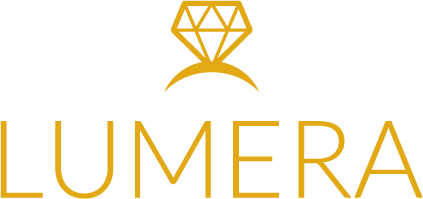Contact
Click below to speak to a Diamond Consultant or customer service.
or
Live Chat8:00 am - 6:00 pm CST (Mon - Fri)

Click below to speak to a Diamond Consultant or customer service.
or
Live Chat8:00 am - 6:00 pm CST (Mon - Fri)
Thu, 08/29/2013 - 10:41
A common question from customers wishing to buy a loose diamond is something along the lines of "Are your prices above Rapaport?", or "What discount to you give compared to Rapaport prices?". These types of questions reveal a fundamental misunderstanding of the purpose of the Rapaport price list, and how it is actually used in the diamond industry.
A widely held misperception is that the Rapaport price list in some way sets the market price of certified diamonds, using their size, shape, clarity, and color. Under this view, each retailer then decides how much of a discount to offer from this "true price", or whether they might charge a premium instead. The diligent customer may even obtain a copy of the price list (normally distributed only to diamond professionals), and therefore have access to these "secret" prices.
The reality is much different. To begin, the very idea that any organization could determine the price of a commodity unilaterally is unprecedented. The Rapaport price list has much humbler aspirations. It acts as a guide, informing diamond buyers and sellers of pricing trends in diamonds. For instance, the Rapaport guide might say that a round diamond of a certain size, color, clarity, and weight should sell for $3,000 a carat. Diamond professionals do in fact use this number, but not as a price. Instead it is used as a benchmark. A seller might offer a buyer a particular diamond at -2% below the Rapaport price (or 2% above). The Rapaport price is not dictating the price, it is only giving a baseline of comparison which enables buyers and sellers to quickly communicate offering prices.
At any given time, wholesale diamonds are being sold at the Rapaport price, well below the Rapaport price (even as much as 30-50% below), and above the Rapaport price. Diamond prices fluctuate based on the same factors that cause all commodity prices to fluctuate; current and projected demand, current and projected supply, and sourcing costs. While Rapaport provides a handy baseline for communicating prices between professional buyers and sellers, it has no role in determining the actual price.
For a consumer, Rapaport is really of no value. A far superior method for establishing the correct price of a diamond is to simply compare prices of like diamonds across retailers. This is the same way consumers establish the correct price for a new car, or home, or any other large purchase. This exercise will quickly reveal the most competitive source for a particular diamond. The consumer is then free to purchase from that source, or use that price as leverage with other retailers.

